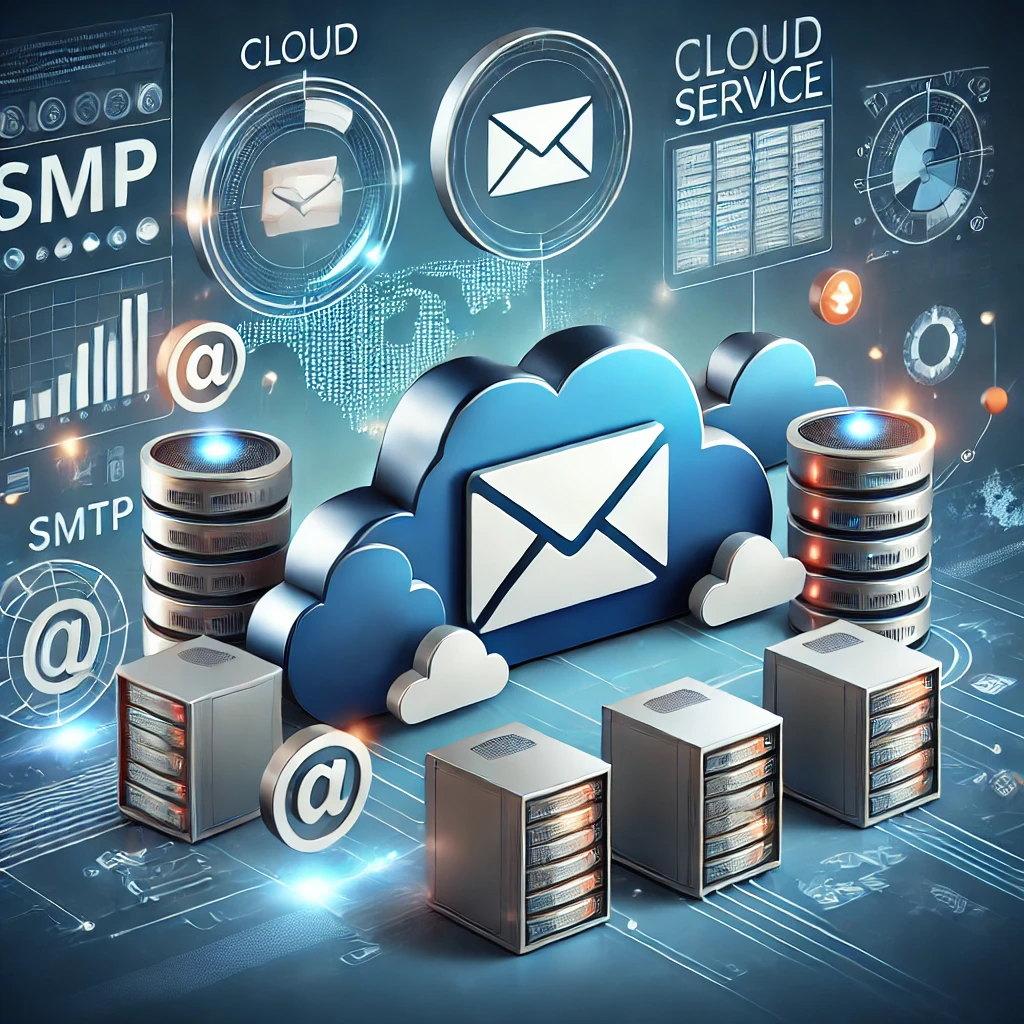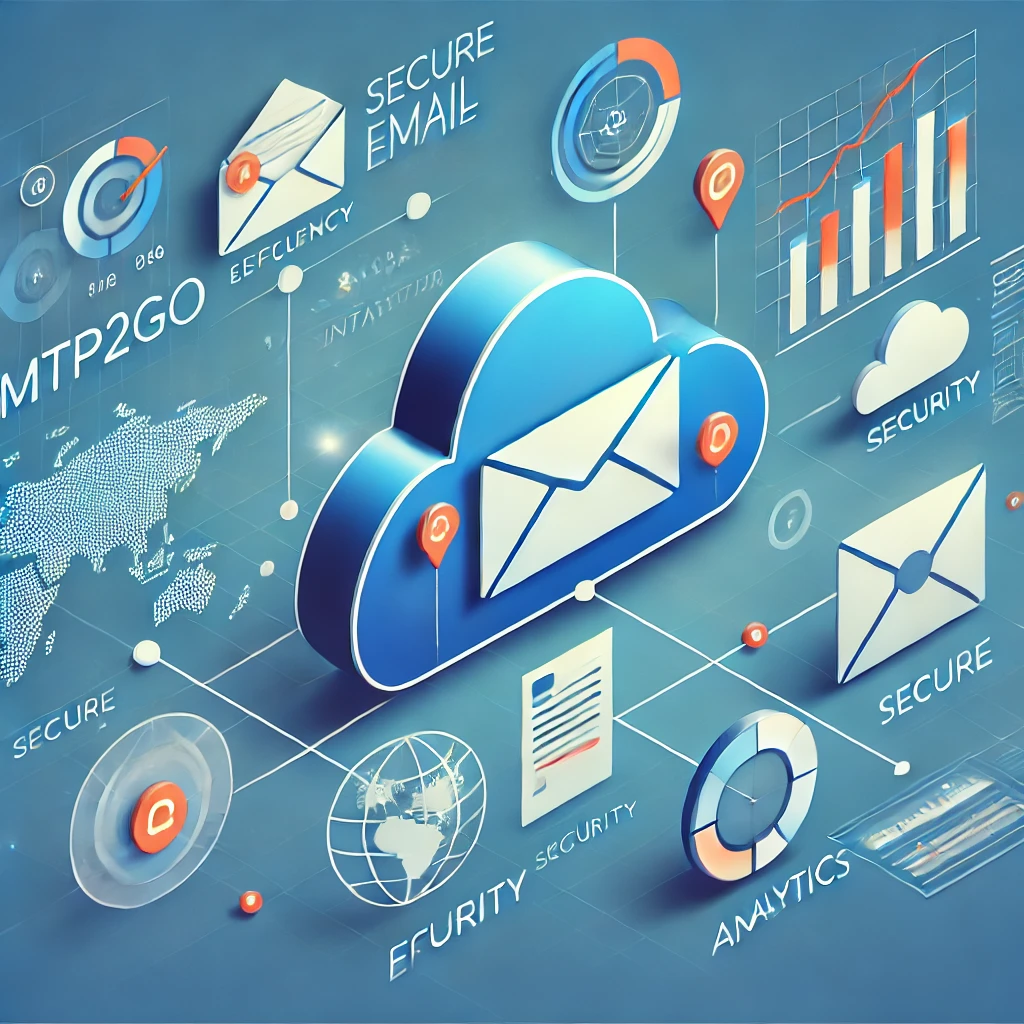What Is SMTP Email? The Protocol That Powers Your Inbox
Disclosure: This post contains affiliate links. As an Amazon Associate, I earn from qualifying purchases—at no extra cost to you.
Every time you click “Send” on an email, a silent powerhouse steps in to make sure your message gets from point A to point B. That behind-the-scenes hero is SMTP—Simple Mail Transfer Protocol. While it might sound like tech jargon reserved for IT rooms and server racks, SMTP is actually the backbone of nearly every email you’ve ever received. It’s not flashy, but it’s essential.
Whether you’re running a business, managing a server, or are simply curious about what happens after you hit “Send,” understanding SMTP can give you a better grasp of how email actually works—and why it sometimes doesn’t.
How SMTP Works Behind the Scenes
SMTP is a communication protocol used to transfer email messages between servers. It doesn’t deliver messages directly to inboxes—instead, it acts like a postal system that moves your email from the sender’s client (like Outlook, Gmail, or a script) to the recipient’s email server.
Here’s a simplified look at the process:
- Compose & Send: You hit “Send” in your email client.
- SMTP Connects: The client connects to an SMTP server using credentials (if required).
- Message Queued: SMTP packages the message and looks up the destination domain’s mail server.
- Server-to-Server Transfer: The SMTP server delivers the email to the recipient’s server (often using another protocol, like POP3 or IMAP, to retrieve).
- Inbox Ready: The email lands in the recipient’s inbox—if everything goes right.
If there’s an issue—like a typo in the address or a full inbox—SMTP also handles bouncebacks and error reporting.
Why SMTP Is So Important
Without SMTP, email wouldn’t exist in its modern form. While other protocols (like IMAP or POP3) help retrieve and manage email, SMTP is the only standard responsible for sending it. Every major email platform relies on it, whether it’s Gmail, Outlook, or a transactional system like Mailgun or SMTP2GO.
SMTP is also flexible. You can configure it for secure email delivery in:
- Web forms and contact pages
- Scheduled scripts and automation tools
- Internal alerting systems and backup reports
- Custom apps that generate receipts or notifications
This makes SMTP not just essential—but powerful for professionals who want to control how email behaves in their environment.
SMTP Ports and Security
SMTP typically operates over these ports:
- Port 25: Traditional default, often blocked by ISPs to reduce spam
- Port 465: Uses implicit SSL encryption
- Port 587: Modern standard for authenticated, secure sending (recommended)
Using encryption (SSL/TLS) ensures that your emails aren’t exposed to eavesdropping in transit—especially important when dealing with customer data or sensitive internal communications.
SMTP Credentials and Configuration
When you use a third-party SMTP service (like Gmail or SMTP2GO), you’ll be required to input credentials including:
- SMTP server address (e.g., smtp.gmail.com)
- Port number
- Username (email address)
- Password or API key
- SSL/TLS requirement
Once authenticated, your system is cleared to send messages programmatically or from an app.
Conclusion
SMTP may not be the newest technology on the block, but it’s one of the most reliable. It’s the glue that holds email communication together, quietly moving millions of messages every minute around the globe. Whether you’re a developer, business owner, or just someone who wants to understand the digital world better, knowing how SMTP works empowers you to troubleshoot, automate, and communicate more effectively.
From personal inboxes to enterprise-scale marketing, SMTP is what makes email happen.







